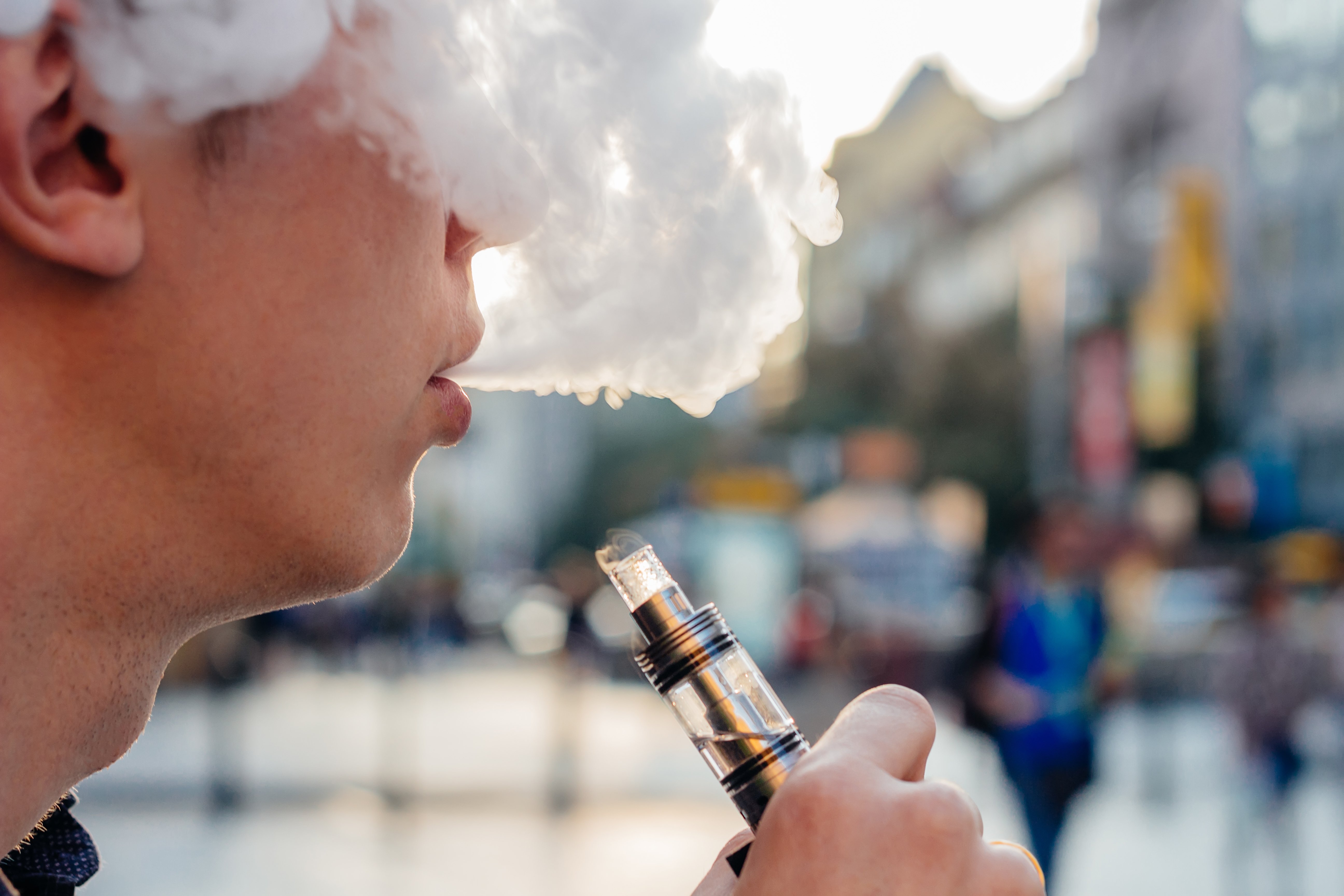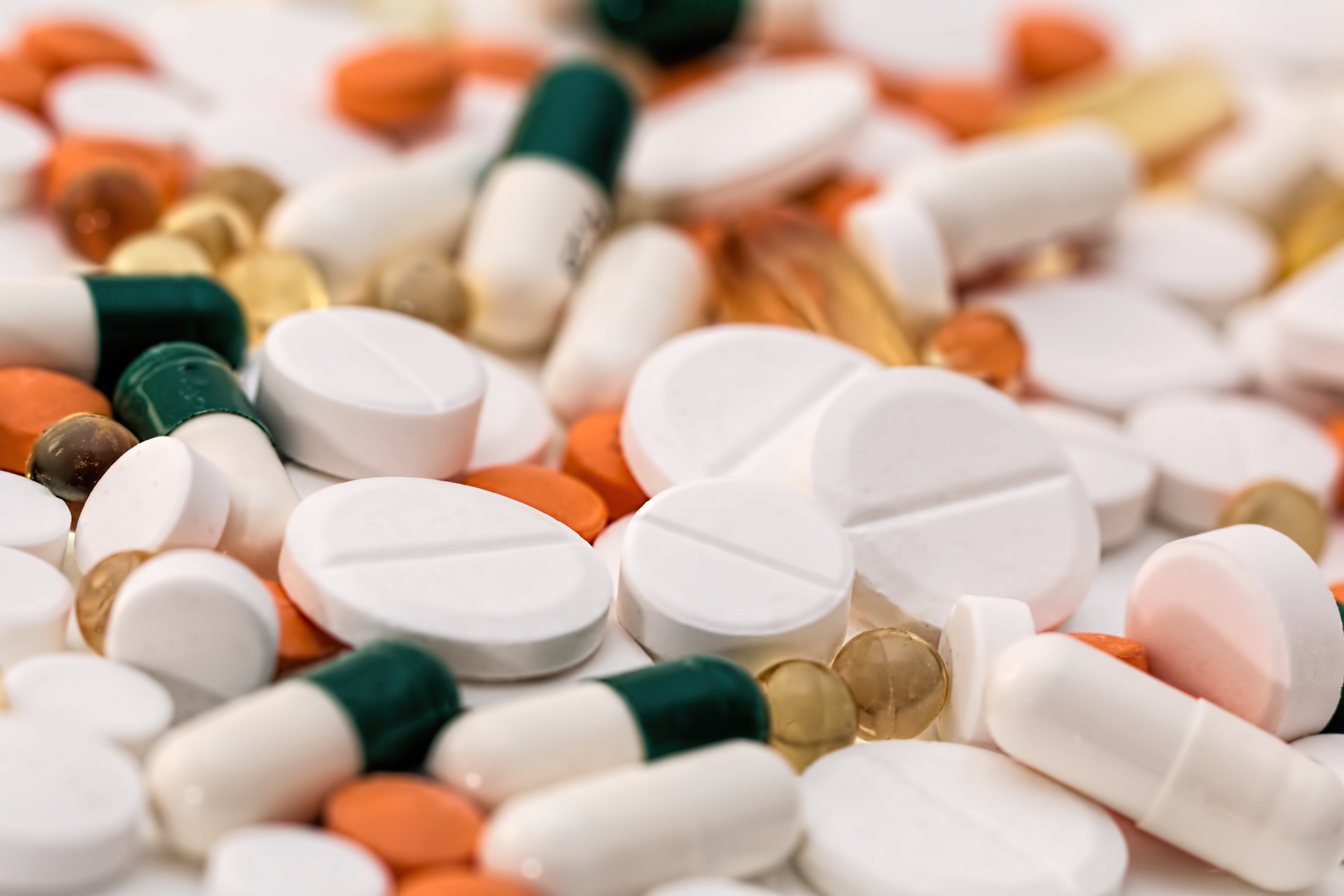 Providing students with a safe and healthy learning environment is the goal of school administrators across the nation, and in the last few decades this goal has grown to include preventing students from using tobacco, alcohol, and drugs. One of the first programs to address this issue was D.A.R.E., which began in Los Angeles in the early 1980s. Studies on the program’s efficacy, however, have shown the results to be mixed at best, and in some cases, the prevalence of drug use in teens increased. In response to this, school administrators began looking elsewhere to find solutions to this issue. Some administrators drew inspiration from workplace drug testing policies, the result of which has been the implementation of random drug testing programs for students in schools across the nation. Such policies have left both parents and students alike uneasy about the process, and experts unconvinced of such a policy’s effectiveness to curb youth substance use.
Providing students with a safe and healthy learning environment is the goal of school administrators across the nation, and in the last few decades this goal has grown to include preventing students from using tobacco, alcohol, and drugs. One of the first programs to address this issue was D.A.R.E., which began in Los Angeles in the early 1980s. Studies on the program’s efficacy, however, have shown the results to be mixed at best, and in some cases, the prevalence of drug use in teens increased. In response to this, school administrators began looking elsewhere to find solutions to this issue. Some administrators drew inspiration from workplace drug testing policies, the result of which has been the implementation of random drug testing programs for students in schools across the nation. Such policies have left both parents and students alike uneasy about the process, and experts unconvinced of such a policy’s effectiveness to curb youth substance use.




 2020, unlike past years, has proven to be a difficult year for all ages. Similar to the pandemic the world is facing, the epidemic of substance abuse among teens is not slowing down. The
2020, unlike past years, has proven to be a difficult year for all ages. Similar to the pandemic the world is facing, the epidemic of substance abuse among teens is not slowing down. The 
 Originally created with the intention of aiding adults in quitting traditional cigarettes, e-cigarettes have been finding their way into the hands of teenagers in recent years with an ever-increasing frequency. In 2011, less than five percent of teenagers reported using e-cigarettes; by 2018, that number had jumped to more than 37 percent. Despite being touted as a “safe” and even “healthy” alternative to traditional tar-and-chemical-laden cigarettes, most e-cigarettes still contain nicotine, which has long been known as an addictive substance. And that’s at the heart of the issue of teen e-cigarette use, says Nora D. Volkow, the director of the National Institute on Drug Abuse, “It is urgent that teens understand the possible effects of vaping on overall health, the development of the teen brain and the potential for addiction.”
Originally created with the intention of aiding adults in quitting traditional cigarettes, e-cigarettes have been finding their way into the hands of teenagers in recent years with an ever-increasing frequency. In 2011, less than five percent of teenagers reported using e-cigarettes; by 2018, that number had jumped to more than 37 percent. Despite being touted as a “safe” and even “healthy” alternative to traditional tar-and-chemical-laden cigarettes, most e-cigarettes still contain nicotine, which has long been known as an addictive substance. And that’s at the heart of the issue of teen e-cigarette use, says Nora D. Volkow, the director of the National Institute on Drug Abuse, “It is urgent that teens understand the possible effects of vaping on overall health, the development of the teen brain and the potential for addiction.” Growing up is a difficult process for many teens across the U.S., as developing a positive self-image can be a daunting task in the face of society's ever-changing landscape. Teens feel pressure from different areas of their lives: from one's parents, friends, school, job, and even from interactions on social media. It is no wonder, then, that a lot of teens suffer from mental health issues like depression and anxiety. But when teenagers are struggling with a mental health problem and have no healthy outlet to deal with painful or difficult emotions, they can instead end up turning to alcohol or drug use as a form of self-medication. It is a scenario many are familiar with in adults, but with teenagers the risks are much higher because their brains are still developing. At this critical point in their development, drug and alcohol use can be far more problematic.
Growing up is a difficult process for many teens across the U.S., as developing a positive self-image can be a daunting task in the face of society's ever-changing landscape. Teens feel pressure from different areas of their lives: from one's parents, friends, school, job, and even from interactions on social media. It is no wonder, then, that a lot of teens suffer from mental health issues like depression and anxiety. But when teenagers are struggling with a mental health problem and have no healthy outlet to deal with painful or difficult emotions, they can instead end up turning to alcohol or drug use as a form of self-medication. It is a scenario many are familiar with in adults, but with teenagers the risks are much higher because their brains are still developing. At this critical point in their development, drug and alcohol use can be far more problematic. Providing students with a safe and healthy learning environment is the goal of school administrators across the nation, and in the last few decades this goal has grown to include preventing students from using tobacco, alcohol, and drugs. One of the first programs to address this issue was D.A.R.E., which began in Los Angeles in the early 1980s. Studies on the program’s efficacy, however, have shown the results to be mixed at best, and in some cases, the prevalence of drug use in teens increased. In response to this, school administrators began looking elsewhere to find solutions to this issue. Some administrators drew inspiration from workplace drug testing policies, the result of which has been the implementation of random drug testing programs for students in schools across the nation. Such policies have left both parents and students alike uneasy about the process, and experts unconvinced of such a policy’s effectiveness to curb youth substance use.
Providing students with a safe and healthy learning environment is the goal of school administrators across the nation, and in the last few decades this goal has grown to include preventing students from using tobacco, alcohol, and drugs. One of the first programs to address this issue was D.A.R.E., which began in Los Angeles in the early 1980s. Studies on the program’s efficacy, however, have shown the results to be mixed at best, and in some cases, the prevalence of drug use in teens increased. In response to this, school administrators began looking elsewhere to find solutions to this issue. Some administrators drew inspiration from workplace drug testing policies, the result of which has been the implementation of random drug testing programs for students in schools across the nation. Such policies have left both parents and students alike uneasy about the process, and experts unconvinced of such a policy’s effectiveness to curb youth substance use.  According to the Centers for Disease Control and Prevention (CDC), alcohol is still the most commonly used and abused drug of choice for youth under the age of 21. In fact, the CDC estimates that 11 percent of alcohol consumed in the United States each year is consumed by youths between 12 and 20 years of age, and 90 percent of that occurs in the form of binge drinking. Despite being viewed as not carrying a great risk by roughly 50 percent of teenagers, the ramifications of underage drinking can lead to lifelong mental and physical issues. From sexual assaults to car accidents, stories of the negative impact drinking can have on youth are frequent in the news and pose a serious public health concern across the country.
According to the Centers for Disease Control and Prevention (CDC), alcohol is still the most commonly used and abused drug of choice for youth under the age of 21. In fact, the CDC estimates that 11 percent of alcohol consumed in the United States each year is consumed by youths between 12 and 20 years of age, and 90 percent of that occurs in the form of binge drinking. Despite being viewed as not carrying a great risk by roughly 50 percent of teenagers, the ramifications of underage drinking can lead to lifelong mental and physical issues. From sexual assaults to car accidents, stories of the negative impact drinking can have on youth are frequent in the news and pose a serious public health concern across the country. Elizabeth’s baby was due in
Elizabeth’s baby was due in  Drug and alcohol use can cause tragedy across all members of society. Perhaps one of the most vulnerable groups is that of juveniles.
Drug and alcohol use can cause tragedy across all members of society. Perhaps one of the most vulnerable groups is that of juveniles.